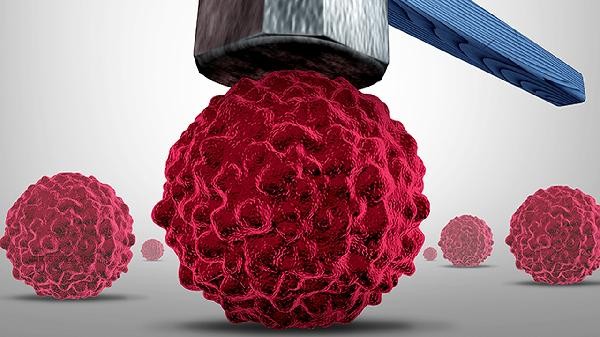The percentage of neutrophils is significantly high at 90%, which may indicate bacterial infection, inflammatory response, or stress state, and should be comprehensively judged in combination with other indicators. The main influencing factors include acute infection, tissue damage, hematological diseases, drug reactions, and physiological stress.

1. Acute infection:
Bacterial infection is the most common cause of elevated neutrophils, such as pneumonia, urinary tract infections, or purulent tonsillitis. The body fights against pathogens by increasing the number of neutrophils, which may be accompanied by symptoms such as fever and local redness and swelling. The total number of white blood cells in blood routine often increases synchronously, and inflammatory indicators such as C-reactive protein may also be abnormal.
2. Tissue damage: After major trauma, burns, or surgery, neutrophils participate in the tissue repair process. Ischemic diseases such as myocardial infarction may also cause an increase in this indicator, usually accompanied by abnormalities in specific markers such as troponin. This type of situation needs to be confirmed by combining medical history and imaging examinations.
3. Hematological disorders:
Bone marrow proliferative diseases such as chronic myeloid leukemia can lead to abnormal proliferation of neutrophils. This type of condition is often accompanied by symptoms such as splenomegaly and increased eosinophils, and requires differential diagnosis through bone marrow aspiration.

4. Drug effects:
Corticosteroid drugs stimulate the release of neutrophils from the bone marrow. Long term use of adrenaline drugs may also cause similar changes, and indicators can usually return to normal after discontinuation. Need to inquire in detail about the patient's medication history. 5. Physiological stress: During intense exercise, late pregnancy, or extreme emotional fluctuations, an increase in adrenaline levels in the body can lead to a transient increase in neutrophils. This change usually recovers on its own within 24 hours, and upon re examination of the blood routine, the indicators can be seen to have decreased. When the percentage of neutrophils is found to be high, it is recommended to improve the detection of inflammatory indicators such as C-reactive protein and procalcitonin, and if necessary, perform blood culture or imaging examinations. Daily attention should be paid to observing whether there are accompanying symptoms such as fever and fatigue, and avoiding the unauthorized use of antibiotics. Maintaining sufficient rest and moderately increasing foods with high vitamin C content such as citrus and kiwi can help enhance immune function. For those with persistent abnormalities, a specialist in hematology is required to rule out hematological diseases.









Comments (0)
Leave a Comment
No comments yet
Be the first to share your thoughts!